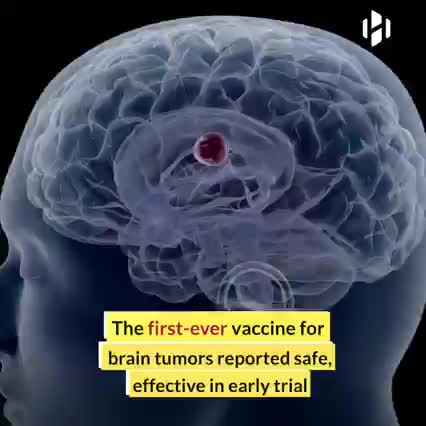Page 6576
Apr 17, 2021
Installation Of A Massive GE Wind Turbine
Posted by Muhammad Furqan in category: sustainability
Apr 17, 2021
Uber launches electric option in London at no extra cost
Posted by Kelvin Dafiaghor in categories: sustainability, transportation
Uber customers will now be able to request an electric vehicle for the first time as the ride-hailing app looks to become fully electric by 2025.
Launching today Uber Green will give passengers in Zone 1 the opportunity to request an electric vehicle at no extra cost.
The journey will cost the same as a regular UberX journey on the app and drivers will receive a higher fare per trip.
Apr 17, 2021
Elon Musk may build Tesla’s future with high school graduates
Posted by Kelvin Dafiaghor in categories: Elon Musk, innovation
OEC promoting innovation and STEM in Africa.
Tesla CEO Elon Musk is recruiting for Giga Texas, which has more than 10000 openings.


















